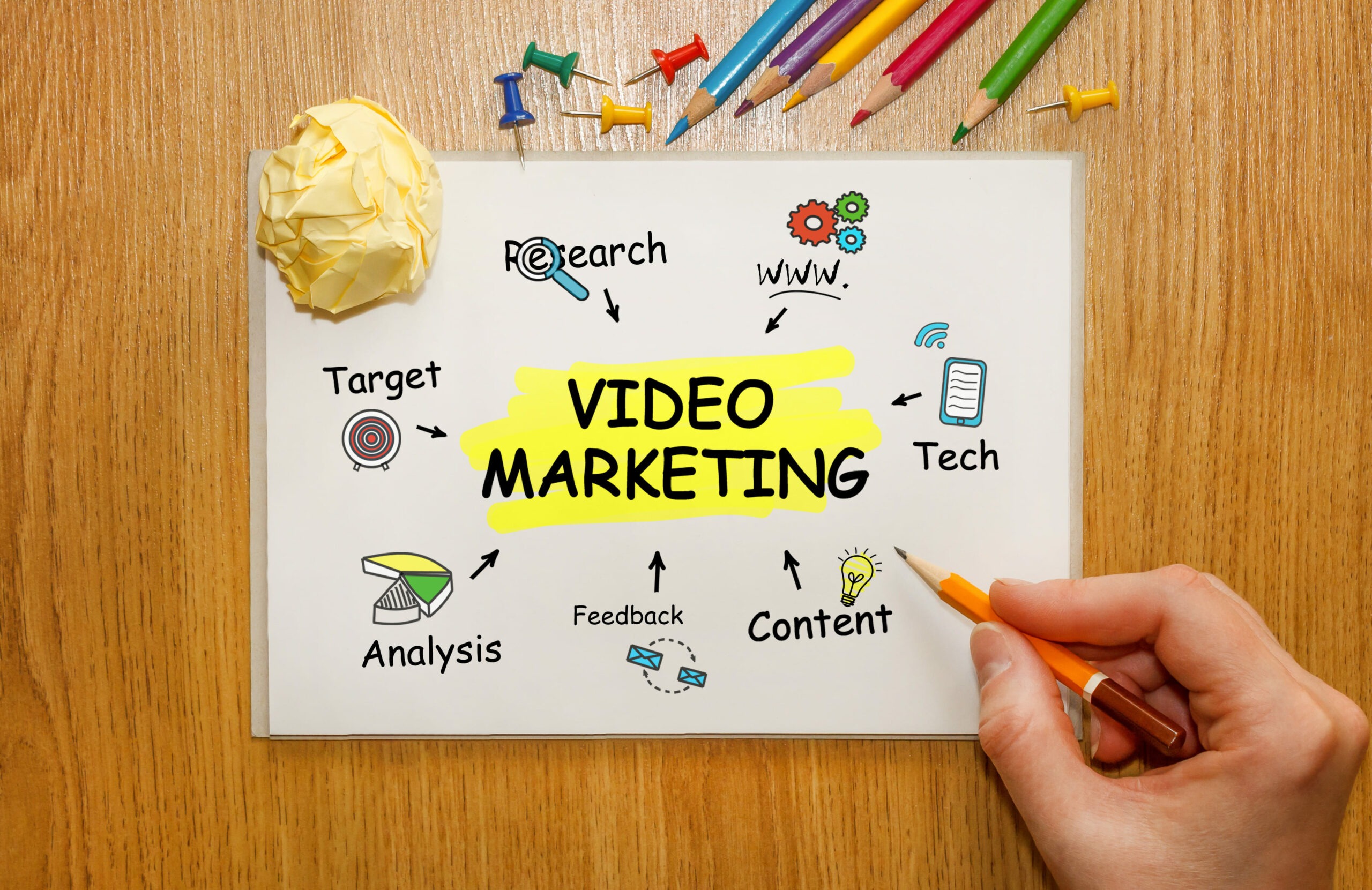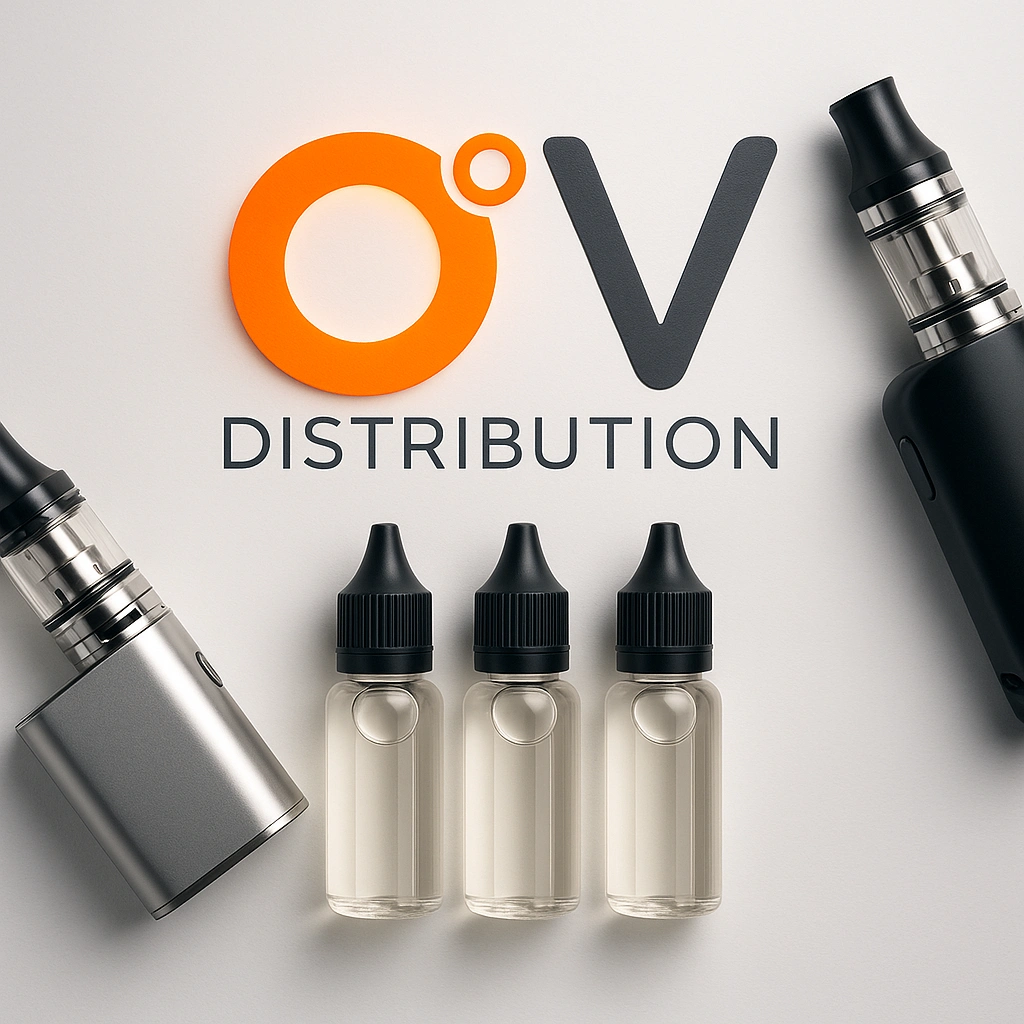In today’s fast-paced digital landscape, video marketing has emerged as a powerful tool for businesses and social media marketing agencies alike. Utilizing engaging video content allows you to connect with your audience on a deeper level and convey your brand message effectively. To help you harness the full potential of video marketing, we have compiled “The Ultimate Guide” with expert strategies and the latest trends to ensure your success in this dynamic field.
Define Your Objectives
Clearly define the goals and objectives of your video content. Are you aiming to educate, entertain, promote, or engage your audience? Understanding your objectives will guide your content creation process.
Know Your Target Audience
Identify your target audience and understand their preferences, interests, and pain points. This knowledge will help you tailor your video content to resonate with your audience and capture their attention.
Plan Your Content
Develop a content strategy and create a content calendar to guide your video production. Plan your topics, themes, and formats in advance to ensure consistency and variety in your video content.
Create Compelling Scripts
Develop engaging scripts that align with your objectives and speak directly to your target audience. Craft a clear and concise message, use storytelling techniques, and incorporate humour or emotion to captivate viewers.
Invest in Quality Equipment
Invest in good-quality equipment to ensure professional-looking videos. Consider using a high-resolution camera, external microphone, tripod, and adequate lighting. Good audio and visual quality can significantly enhance the viewer experience.
Focus on Visual Appeal
Pay attention to visual elements such as colours, graphics, and composition. Create visually appealing videos that align with your brand identity and resonate with your target audience. Incorporate relevant imagery, animations, and text overlays to enhance the visual impact.
Optimise for Social Media Platforms
Different social media platforms have varying video requirements and formats. Tailor your videos to fit the platform’s specifications, such as aspect ratios and duration limits. Optimise your video titles, descriptions, and hashtags to improve discoverability and engagement.
Tell Stories
Storytelling is a powerful technique to engage your audience. Create narratives that connect with your viewers on an emotional level. Use storytelling elements like character development, conflict, and resolution to make your videos more compelling and memorable.
Keep it Concise
Attention spans on social media are often short, so aim to keep your videos concise and focused. Get to the point quickly and deliver your message in an engaging and succinct manner. Consider creating shorter videos or utilising video teasers to generate curiosity and encourage viewers to explore further.
Encourage Interaction and Call to Action
Prompt viewers to engage with your content by incorporating interactive elements. Encourage likes, comments, and shares. Include a clear call to action, such as visiting your website, subscribing to your channel, or contacting your agency for more information.
Experiment and Analyse
Be willing to experiment with different video formats, styles, and content to identify what resonates best with your audience. Analyse the performance of your videos using analytics tools provided by social media platforms. Pay attention to engagement metrics, view duration, and audience demographics to refine your video content strategy.
How to Distribute Your Videos
Once you’ve created compelling videos for your social media marketing agency, it’s essential to distribute them effectively to reach your target audience. Below are some ways to distribute your videos.
Social Media Platforms
Leverage the benfits of social media platforms like Facebook, Instagram, YouTube, Twitter, LinkedIn, and TikTok. Each platform has its own video distribution capabilities and audience demographics. Tailor your video content to each platform’s specifications and upload them directly to maximize reach and engagement.
Website and Blog
Embed your videos on your agency’s website or blog. Create dedicated landing pages for your videos or include them within relevant blog posts. This allows visitors to discover and engage with your video content while exploring your website.
Email Marketing
Include video content in your email marketing campaigns. Embed videos directly in your emails or include compelling video thumbnails with a link to the full video on your website or social media platforms. Videos in emails can increase click-through rates and engagement.
Video Sharing Platforms
Upload your videos to popular video-sharing platforms like YouTube and Vimeo. Optimise your video titles, descriptions, and tags to improve discoverability. Use appropriate categories and hashtags to increase visibility and attract viewers from the platform’s user base.
Influencer Collaborations
Partner with relevant influencers or content creators who align with your brand and target audience. Collaborate with them to feature or promote your videos on their social media channels or platforms. This can help you reach a broader audience and leverage their followers’ trust and engagement.
Paid Advertising
Utilise paid advertising on social media platforms to boost the visibility of your videos. Platforms like Facebook, Instagram, and YouTube offer targeted advertising options that allow you to reach specific demographics and interests. Use compelling ad copy and visuals to entice users to watch your videos.
How to Measure The Success of Your Video Marketing Campaigns
Measuring the success of your video marketing campaigns is crucial to understanding the effectiveness of your efforts and making data-driven decisions for future strategies. Here are some key metrics and methods to measure the success of your video marketing campaigns:
View Count
The total number of views your video receives is a basic metric to track. It indicates how many people have watched your video. However, it’s important to consider that a high view count doesn’t necessarily translate to engagement or conversions.
Engagement Metrics
Look at metrics such as likes, comments, shares, and favourites. These metrics provide insights into how your audience is interacting with your video content. Higher engagement indicates that your video is resonating with your audience and generating interest.
Play Rate
Play rate refers to the percentage of viewers who clicked the play button after landing on the video page or thumbnail. A higher play rate suggests that your video is captivating and compelling enough to encourage viewers to start watching.
Watch Time
Analyse the total watch time of your video, indicating how long viewers stay engaged and watch the entire video or a significant portion of it. A higher watch time demonstrates that your content is engaging and holds viewers’ attention.
Audience Retention
Track the audience retention curve to understand at which points viewers are dropping off or losing interest. This information helps identify areas where you may need to improve the content or make adjustments to maintain viewer engagement throughout the video.
Conversion Metrics
If your video marketing campaigns are aimed at driving specific actions, such as website visits, form submissions, or product purchases, track conversion metrics. Use tools like Google Analytics or marketing automation platforms to attribute conversions to your video campaigns.
Click-Through Rate (CTR)
If you’re using videos in ad campaigns or email marketing, monitor the CTR. It measures the percentage of viewers who click on a call-to-action (CTA) or a link associated with the video. A higher CTR indicates that your video is compelling enough to prompt viewers to take the desired action.
Social Media Analytics
Each social media platform offers its own set of analytics tools to track video performance. Platforms like Facebook, Instagram, and YouTube provide insights into metrics like reach, impressions, shares, and engagement. Utilise these tools to analyse the performance of your videos on specific platforms.
Return on Investment (ROI)
Evaluate the ROI of your video marketing campaigns by comparing the costs associated with creating and promoting the videos against the outcomes achieved, such as increased sales, leads generated, or brand visibility. This helps determine the overall effectiveness and profitability of your video marketing efforts.
Surveys and Feedback
Collect feedback and opinions from your target audience through surveys, polls, or comments. This qualitative data can provide valuable insights into how your video content is perceived and help you make improvements based on audience preferences.
It’s important to establish clear goals and key performance indicators (KPIs) before launching your video marketing campaigns. Regularly analyse and monitor these metrics to understand the impact of your videos and make informed decisions for future strategies.
The Latest Trends in Video Marketing
Short-Form Videos
With the rise of platforms like TikTok, Instagram Reels, and YouTube Shorts, short-form videos have gained significant popularity. These videos are typically under a minute in length and are designed to capture attention quickly and deliver a concise message.
Live Streaming
Live streaming has become increasingly prevalent across various platforms, including social media platforms like Facebook Live, Instagram Live, and YouTube Live. Live streaming allows brands to interact with their audience in real-time, fostering a sense of authenticity and engagement.
Personalised and Interactive Videos
Personalisation and interactivity are becoming more important in video marketing. Brands are using technologies like interactive elements, personalised messages, and choose-your-own-adventure-style videos to create immersive and engaging experiences for viewers.
Vertical and Mobile-First Videos
With the majority of video consumption happening on mobile devices, vertical video formats have gained traction. Vertical videos are optimised for viewing on mobile screens and provide a more seamless and immersive viewing experience.
User-Generated Content
User-generated content (UGC) has become a powerful tool for brands. Encouraging users to create and share their videos related to a brand or product helps foster authenticity, trust, and engagement. UGC can be leveraged in marketing campaigns and shared across social media platforms.
360-Degree Videos and Virtual Reality (VR)
360-degree videos and VR experiences provide a highly immersive and interactive viewing experience. Brands are exploring these formats to transport viewers into unique environments and create memorable and engaging content.
Storytelling and Emotional Appeal
Effective storytelling continues to be a key trend in video marketing. Brands are leveraging emotionally-driven narratives to connect with their audience on a deeper level, evoke empathy, and create a lasting impact.
Shoppable Videos
Shoppable videos enable viewers to make purchases directly from the video itself. Brands are integrating clickable links, product tags, and CTAs within videos to facilitate seamless shopping experiences and drive conversions.
AI and Personalisation
Artificial intelligence (AI) is being used to enhance video marketing strategies. AI-powered tools can analyse data, create personalised recommendations, automate video editing, and deliver more targeted content to viewers based on their preferences and behaviour.
Sustainability and Social Impact
Consumers are increasingly concerned about sustainability and social impact. Brands are using video marketing to showcase their commitment to sustainable practices, social responsibility, and ethical values, resonating with environmentally conscious and socially aware audiences.
Please note that trends in video marketing can evolve rapidly, and there may be new developments and emerging trends, so we always recommend you stay current on the latest industry news and insights to remain at the forefront of video marketing trends.
Conclusion
In conclusion, video marketing is a dynamic and impactful strategy that continues to evolve and shape the digital marketing landscape. It offers numerous benefits, such as increased engagement, improved brand awareness, higher conversion rates, and enhanced storytelling capabilities. By leveraging the power of video, businesses can effectively connect with their target audience, deliver compelling messages, and drive desired actions.



















